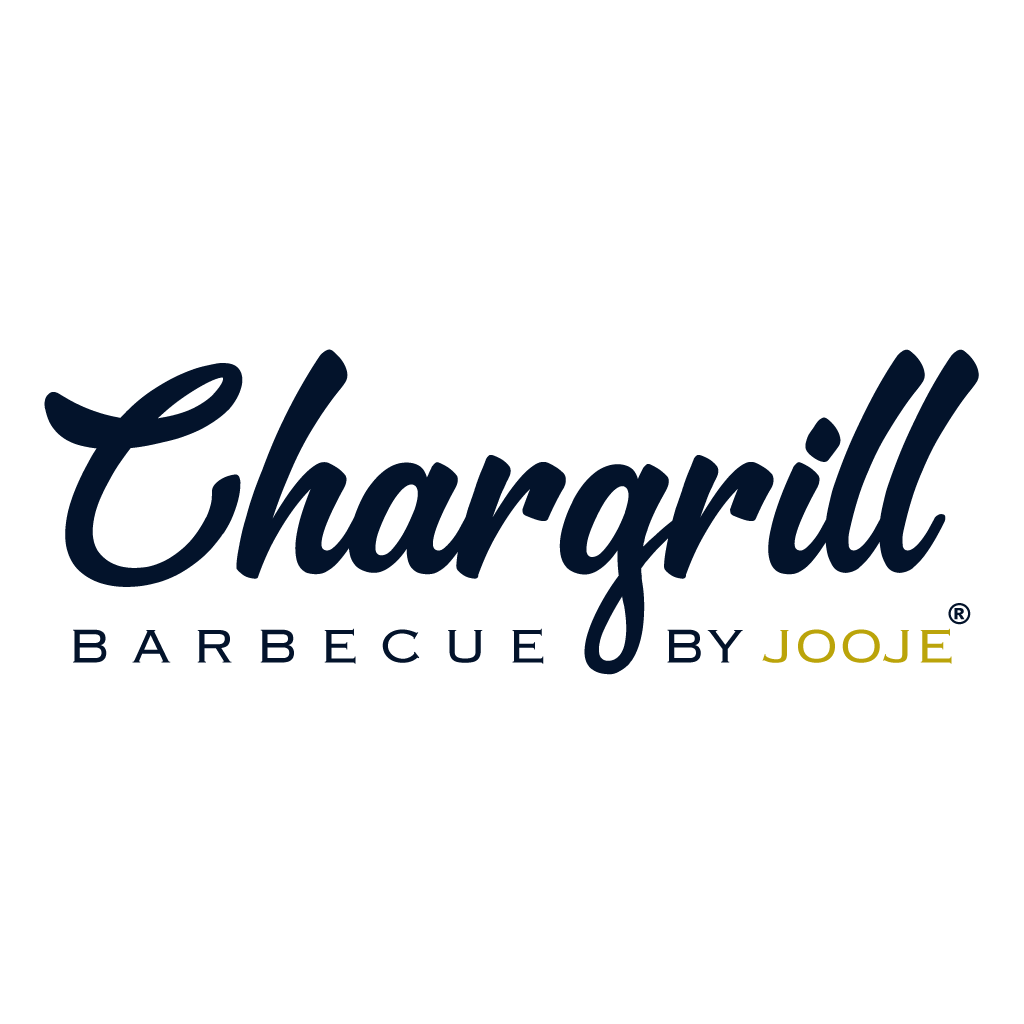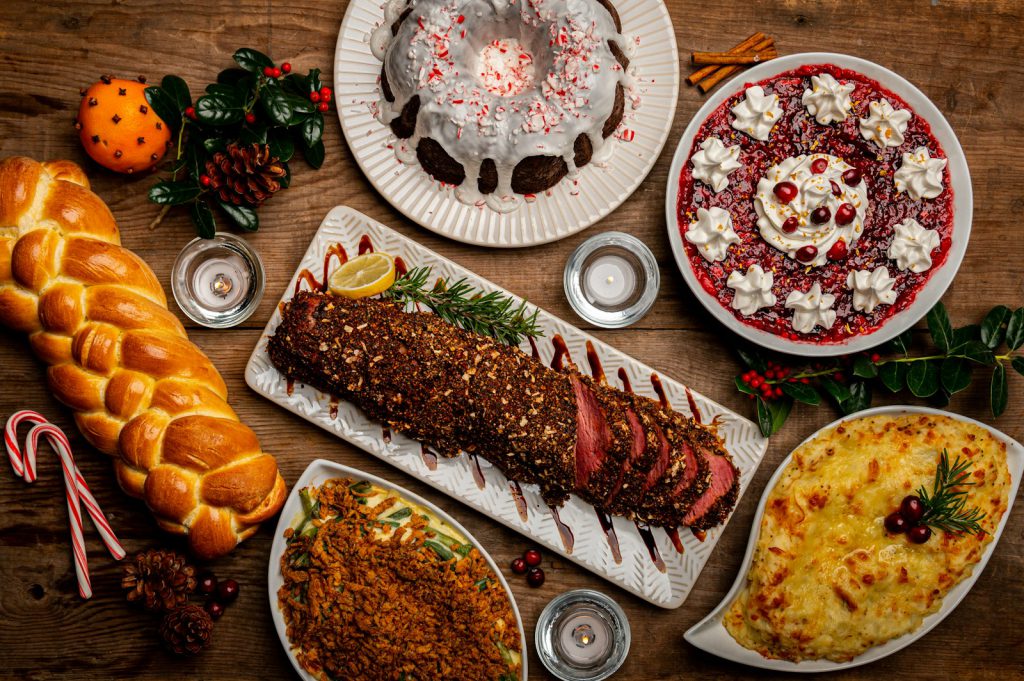Vacuum-packed ready-to-eat meals are gaining popularity due to their numerous benefits, such as convenience, extended shelf life, and preservation of flavors and nutrients. This technology is especially effective for keeping smoked brisket meals for longer time, a gourmet delicacy cherished for its rich, smoky flavor.
What is Vacuum Packing?
Vacuum packing involves removing air from the packaging before sealing it, which prevents spoilage and preserves freshness of ready to eat meals packs. This method is particularly beneficial for smoked brisket as it locks in the rich, smoky flavors. The concept of vacuum packing has evolved over the years, with advancements making it accessible for both commercial and home use. Innovations in vacuum sealers and bags have significantly improved the efficiency and effectiveness of the process to produce pre-packaged meals for weight loss.
Benefits for Ready-to-Eat Meals Vacuum-packed meals offer several benefits, including extended shelf life, convenience, and enhanced flavor preservation. These meals are perfect for busy individuals, campers, and anyone looking for a quick, gourmet meal option. Vacuum packing is ideal for gourmet foods like smoked meat, where maintaining the integrity of flavors and textures is crucial. This method ensures that the your meal remains as flavorful and tender as when it was first cooked.
Environmental Impact By extending the shelf life of food, vacuum packing can help reduce food waste. This method also uses less packaging material, which can lessen the environmental footprint of food storage.
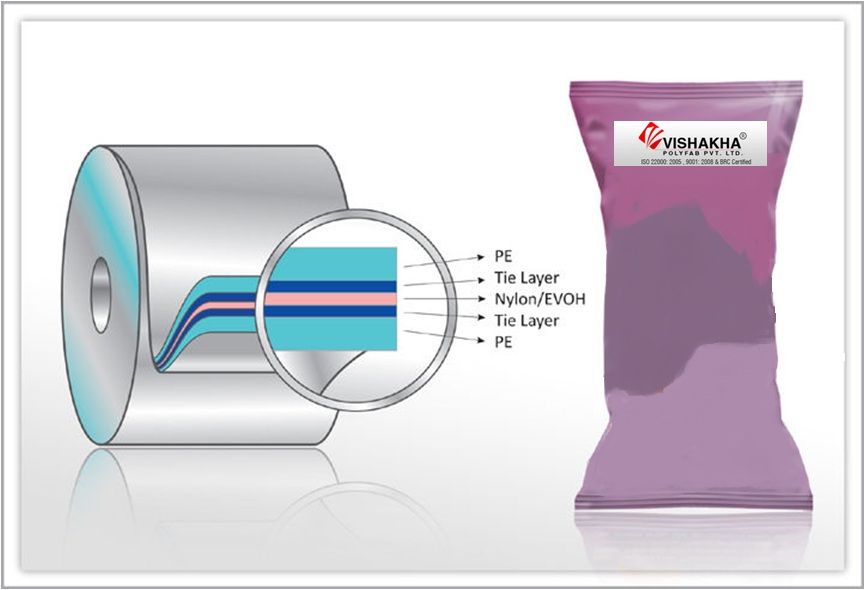
Extended Shelf Life
Vacuum-packed meals can last significantly longer than those stored using traditional methods. This section explores the reasons behind this extended shelf life and how it benefits consumers.
| Food Type | Traditional Shelf Life | Vacuum-Packed Shelf Life |
|---|---|---|
| Smoked Brisket | 3-5 days | 2-3 weeks (fridge), 2-3 years (freezer) |
| Chicken | 2-3 days | 5-7 days (fridge), 9-12 months (freezer) |
| Ground Beef | 1-2 days | 1 week (fridge), 1-2 years (freezer) |
Shelf Life Comparison: Vacuum-sealed smoked brisket can last up to 3-5 times longer than traditionally packaged meat. This means you can enjoy your brisket weeks after purchase without compromising quality. Proper storage is essential to maximize shelf life. Keep vacuum-sealed brisket in a cool, dark place, and always label with the packaging date.
Impact on Food Safety Reducing the exposure to oxygen not only preserves freshness but also enhances food safety by minimizing the risk of contamination.
Freezing vs. Refrigerating While refrigeration is suitable for short-term storage, freezing vacuum-packed brisket can extend its life even further. Properly sealed brisket can last up to 2-3 years in the freezer. Regularly inspect vacuum-sealed foods for signs of spoilage, such as off smells or changes in texture, to ensure they remain safe to eat.
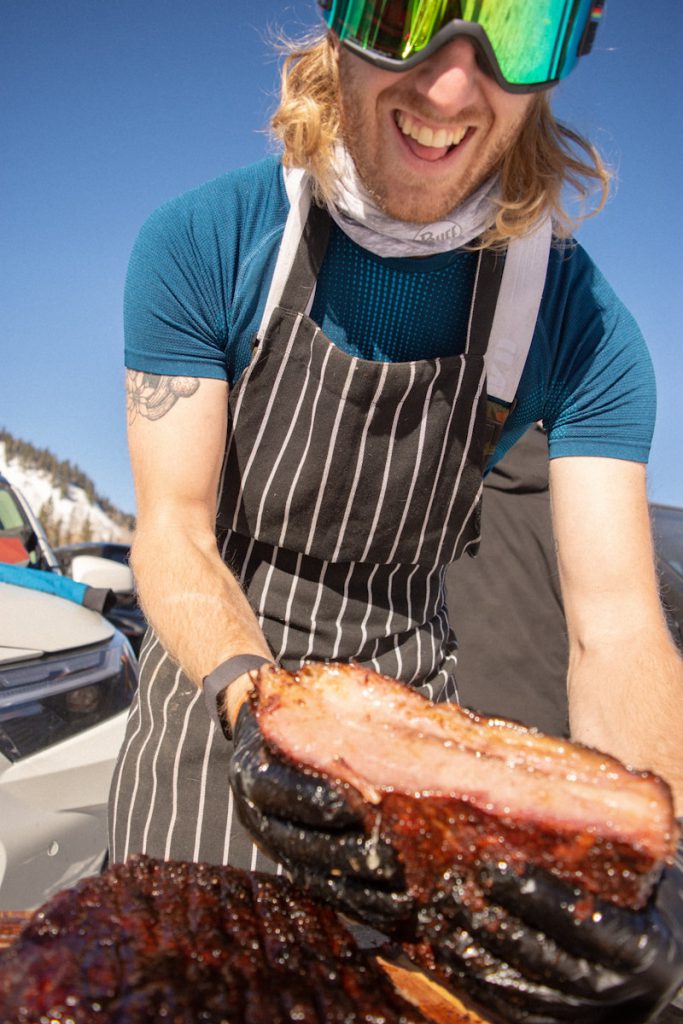
Preservation of Flavor and Nutrients
Vacuum packing plays a crucial role in preserving the natural flavors and nutrients of food, particularly for gourmet items like smoked brisket.
| Preservation Method | Flavor Retention | Nutrient Preservation | Texture Maintenance |
|---|---|---|---|
| Vacuum Packing | High | High | High |
| Freezing | Moderate | Moderate | Moderate |
| Canning | Low | Low | Low |
Flavor Retention Vacuum sealing prevents the loss of volatile compounds responsible for the rich, smoky flavor of brisket, ensuring that each bite is as flavorful as when it was first cooked.
- Nutrient Preservation By minimizing exposure to air and light, vacuum packing helps retain essential nutrients, making the food healthier.
- Impact on Texture Proper vacuum sealing maintains the texture of the brisket, preventing it from becoming dry or tough over time.
- Comparison with Other Preservation Methods Compared to methods like freezing or canning, vacuum packing is more effective at preserving both flavor and nutrients.
Cooking Techniques Vacuum-packed brisket can be reheated using methods like sous vide, which further helps in maintaining its original texture and flavor.
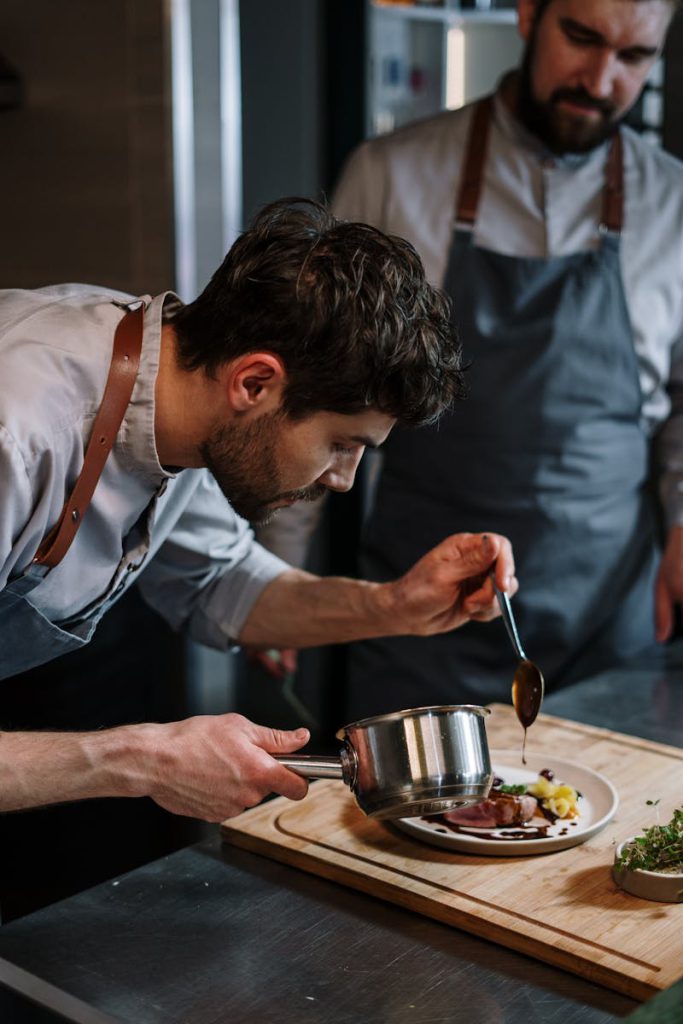
Convenience and Time-Saving
Ready-to-eat meals are all about convenience, and vacuum-packed smoked brisket is no exception.
- Ready When You Are With vacuum-packed brisket, you have a gourmet meal ready to eat with minimal preparation. Simply heat and serve.
- Perfect for Busy Lifestyles For those with hectic schedules, having a ready-to-eat meal that doesn’t compromise on quality is invaluable.
- Portion Control Vacuum-packing allows for precise portioning, helping you manage servings and reduce waste.
- Travel-Friendly Vacuum-sealed brisket is ideal for camping trips, picnics, or travel, as it is compact, lightweight, and doesn’t require refrigeration until opened.
Quick Reheating Options Reheat your brisket using a microwave, oven, or boiling water for a quick and delicious meal.
Versatility in Meal Preparation
Vacuum-packed smoked brisket offers versatility in meal preparation, allowing you to create a variety of dishes.
- Straight Out of the Pack Enjoy the brisket as is, right out of the vacuum pack, for a simple, flavorful meal.
- Incorporate into Recipes Use the brisket as a base for sandwiches, salads, or main courses, adding your favorite sides and sauces.
- Marinating and Flavor Enhancement Vacuum-packing allows for marinating within the bag, infusing the meat with additional flavors.
- Pairing with Other Foods Create a complete meal by pairing the brisket with vegetables, grains, or other proteins.
Meal Prep and Planning Plan your meals ahead by preparing and vacuum-packing portions, ensuring you always have a gourmet option ready.
Economic Benefits
Vacuum-packing can be economically advantageous by reducing food waste and allowing bulk purchasing.
| Cost Factor | Traditional Packaging | Vacuum Packing |
|---|---|---|
| Food Waste | High | Low |
| Bulk Purchasing | Limited | Encouraged |
| Storage Efficiency | Moderate | High |
| Energy Costs | High | Lower (efficient storage) |
- Cost Savings Buying meat in bulk and vacuum-packing it can save money compared to purchasing smaller portions more frequently.
- Reduced Waste Extended shelf life means less food goes to waste, saving money in the long run.
- Efficient Storage Vacuum-sealed packages take up less space in the fridge or freezer, allowing for more efficient storage.
Long-Term Investment Investing in a good vacuum sealer can pay off through prolonged food preservation and reduced spoilage.
Energy Efficiency Reduced need for refrigeration and freezing can lead to lower energy costs.
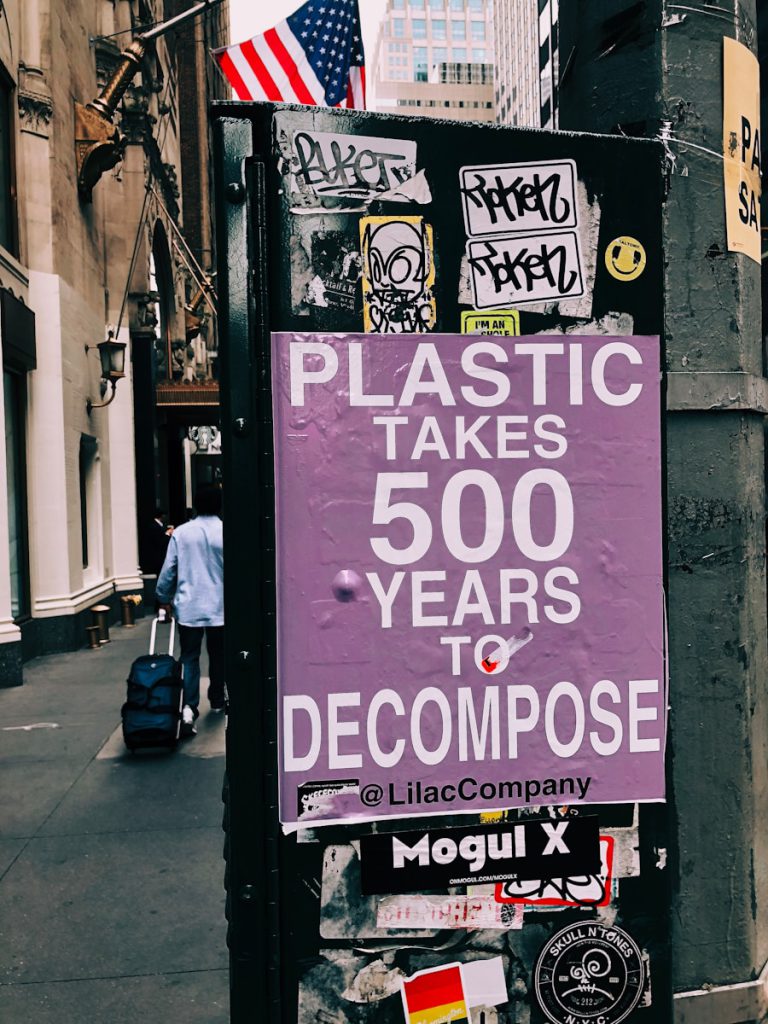
Environmental Impact
Vacuum packing can also have a positive impact on the environment by reducing food waste and packaging materials.
| Environmental Factor | Traditional Packaging | Vacuum Packing |
|---|---|---|
| Packaging Waste | High | Low |
| Food Waste | High | Low |
| Carbon Footprint | High | Lower (due to reduced waste) |
- Less Packaging Waste Vacuum-sealed bags are often smaller and lighter than traditional packaging, reducing plastic waste.
- Sustainability Extending the shelf life of food means fewer resources are needed for production, transportation, and storage.
- Reusable Bags Some vacuum-sealed bags are reusable, further reducing environmental impact.
- Food Waste Reduction By preserving food longer, vacuum packing helps reduce the amount of food that ends up in landfills.
- Carbon Footprint Lower food spoilage and waste contribute to a smaller carbon footprint.
Safety and Hygiene
Ensuring the safety and hygiene of vacuum-packed foods is paramount. Preventing Contamination Proper sealing techniques prevent contamination from bacteria and other pathogens.
- Safe Storage Practices Always store vacuum-packed foods in a cool, dark place to maintain their quality.
- Handling and Preparation Follow best practices for handling and preparing vacuum-sealed foods to avoid cross-contamination.
- Inspection and Maintenance Regularly inspect vacuum-sealed foods and the vacuum sealer itself to ensure they remain in good condition.
- Food Safety Guidelines Adhere to food safety guidelines for vacuum-packed foods, such as proper thawing and reheating methods.
The Future of Vacuum-Packed Meals
The future of vacuum-packed meals looks promising with ongoing innovations and increasing consumer demand.
- Technological Advances Improvements in vacuum sealing technology continue to enhance the quality and efficiency of food preservation.
- Market Trends The market for ready-to-eat meals is growing, driven by consumer demand for convenience and quality.
- Sustainable Practices Advances in sustainable packaging materials and methods will make vacuum packing even more environmentally friendly.
- Consumer Education Increased awareness and education about the benefits of vacuum-packed meals will drive adoption.
- Future Applications Beyond smoked meats, vacuum packing is being applied to a wide range of foods, from fresh produce to full meals.
How does vacuum packing extend the shelf life of food?
Vacuum packing removes air from the packaging, reducing the growth of bacteria and mold that cause spoilage. This extends the shelf life significantly compared to traditional packaging methods.
Can I vacuum-pack my own smoked brisket at home?
Yes, you can vacuum-pack your own smoked brisket at home using a vacuum sealer and appropriate bags. Ensure the food is cooled before sealing to prevent moisture from compromising the seal.
What are the best ways to reheat vacuum-packed?
Reheat vacuum-packed meals by placing it in boiling water, using a microwave, or heating it in the oven. Sous vide is also an excellent method for even reheating, as it maintains the texture and flavor of the food.
Is vacuum packing environmentally friendly?
Vacuum packing can be environmentally friendly by reducing food waste and using less packaging material. Some vacuum bags are reusable, which further reduces environmental impact. Additionally, the extended shelf life of vacuum-packed foods can lower the frequency of purchasing and reduce overall waste.
How can I ensure the safety of vacuum-packed foods?
Ensure the safety of vacuum-packed foods by following proper sealing techniques, storing them correctly, and regularly inspecting for signs of spoilage. Always handle and prepare vacuum-packed foods with care. This includes ensuring that the vacuum sealer and bags are clean and in good condition, cooling foods before sealing, and using appropriate bags for different types of food.
What types of foods can be vacuum-packed?
A wide range of foods can be vacuum-packed, including meats, vegetables, fruits, and even liquids. Each type of food may require specific handling and sealing techniques. For instance, liquids should be frozen before vacuum sealing to prevent them from being sucked into the sealer, and delicate foods should be handled gently to avoid crushing.
Can vacuum-packed foods be frozen?
Yes, vacuum-packed foods can be frozen. In fact, vacuum sealing combined with freezing provides excellent long-term preservation, preventing freezer burn and extending the shelf life of the food. For example, vacuum-sealed beef can last up to a few months in the freezer, compared to weeks when not sealed.
By understanding the benefits and best practices of vacuum-packing, you can enjoy delicious, ready-to-eat smoked brisket with enhanced flavor, extended shelf life, and ultimate convenience.
